Living Nature in Madeira

One of Madeira’s greatest tourist attractions is its exuberant, diverse vegetation, whose combination of the tropical and the Mediterranean produces a patchwork of plants that are rich in shades of green, and of various shapes and sizes.
The Madeira Natural Park was created in 1982 to preserve this vast natural heritage, a worldwide rarity. The park is classified as a Biogenetic Reserve, and in it you can find a unique range of flora and fauna, with some rare species such as the Orquídea da Serra (Mountain Orchid), unique in the world, and also large trees belonging to the Lauraceae family - the Madeira laurel, the bay tree and the Madeira mahogany, as well as shrubs, ferns, moss, lichens and other small plants typical of the Laurissilva forest.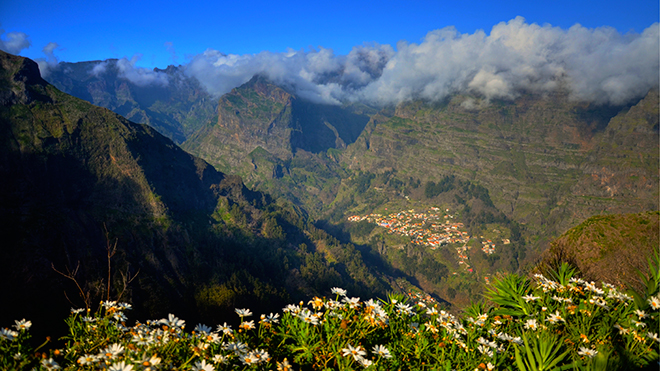
To visit this park is to discover Nature! The park covers about two-thirds of the island, and a number of land and sea protected areas have been defined within it, making Madeira a truly ecological destination. The largest tract of the Macaronesian Laurissilva Forest is concentrated between 700m and 1,300m above sea level in the South of the Island, and at 200m in the North, and was included by UNESCO in its World Heritage list. The park’s protected area also includes the Ponta de São Lourenço, the Desertas Islands Natural Reserve, the Selvagens Islands Natural Reserve, the Marine Nature Reserve of Garajau, the Rocha do Navio Nature Reserve and the Marine Protected Areas Network in Porto Santo.
The peculiar relief of this archipelago, combined with the diversity of terrain and rich landscape, enables a countless number of outdoor activities. Whether on land, sea or air, the choices are many for nature lovers. The numerous trails and Levadas (irrigation channels) which crisscross the endemic Laurissilva Forest will delight trekkers, with their breathtaking views over the mountains and, for the more adventurous, a climb to the Areeiro and Ruivo Peaks will take you above the clouds, with the island at your feet.
Divers, in turn, can explore the turquoise waters of the Marine Nature Reserve of Garajau. The resident marine fauna includes some large fish, such as Dusky Sea Perches, the biggest tourist attraction of the reserve. Surrounded by steep, almost inaccessible cliffs, the Desertas Islands are the last sanctuary in the Atlantic for the monk seal, the world’s rarest seal. Also uninhabited, the Selvagens Islands are considered a bird sanctuary. The best way to visit these reserves is to take a boat ride with one of the many leisure companies that organise tours of the archipelago. This will give you the opportunity to see large sea species such as whales, dolphins, sperm whales, loggerhead turtles, and monk seals.
You can also explore the coastal area’s majestic cliffs, pebble beaches and natural rock pools, which bear witness to the island’s volcanic origins. Or you can take a ferryboat or a plane to Porto Santo to enjoy the several kilometres of golden beaches.
For bird watchers, the archipelago is full of surprises since some species exclusive to this part of the globe can be sighted here, such as the Madeiran wood pigeon, the firecrest and the Zino’s petrel. To record these moments forever, a camera is really a must.
Do not miss the opportunity when you visit Madeira to experience at close hand all these wonders and majestic scenery. You will find it hard to resist the temptation to discover the beauties of this paradise.


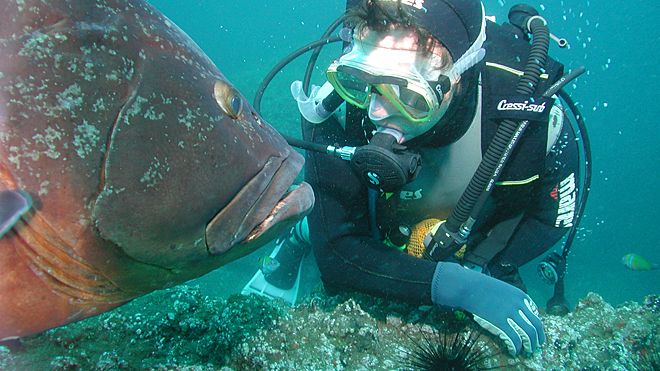






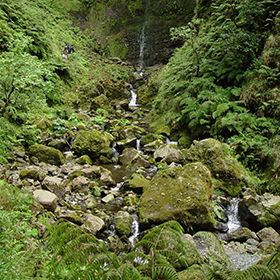

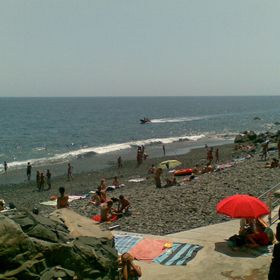
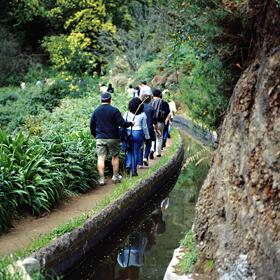



 Explore
Explore 
 Remember and Share
Remember and Share 


